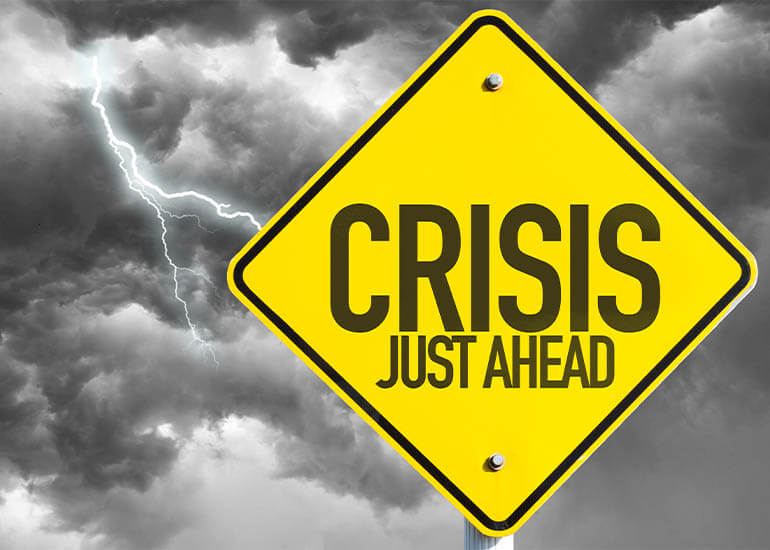The years 2020 and 2021 have tested us. Bushfires, a global pandemic, a recession, lockdowns and lockouts … Many of us have also coped with the death of someone close to us, or a business break-up. Cyber-hacking is on the rise. Before that, we had the Global Financial Crisis of 2008, followed by the resources industry collapse of 2012 – 2013, writes Bronwyn Reid.
A crisis can permanently damage a business
It seems that we no sooner get through one crisis in our businesses than another one shows up. And that’s exactly what does happen. Sadly, 40 per cent of small businesses will never reopen after facing a business disaster, and another 25 per cent, that do reopen, fail within a year. The damage from an event such as the ones I have mentioned typically has a 10 year tail. Many businesses that hang on eventually succumb to a burden debt they took on trying to survive, or from sheer exhaustion.
I apologise for starting this article on such a gloomy theme, and I hope you will stay with me for the good news that follows. The unfortunate truth is that Australian businesses will continue to encounter such crises, as we always have.
And yet we never seem to be prepared. We are always surprised. After every crisis or disaster, we vow to learn from the experience, be prepared next time, and never make the same mistakes again. For example, in the wake of the 2012-2013 mining downturn, I spoke to innumerable business owners who swore blind that they would never fall for the hype and encouragement (and bullying) of the mining industry again. Maybe they won’t, but there will be a whole new crop of business owners who will.
Planning for a crisis
While another business crisis is inevitable, the devastation left in its wake is not. A small amount of time spent planning now can save a world of pain later on. There were hundreds of stories about small businesses who faced this pandemic with the tools to continue in business, adapt to the new conditions, be resilient, reinvent themselves, innovate, and take advantage of opportunities, even though they had never even heard of COVID 19.
If planning for the bad things that can happen to your business is so valuable, why doesn’t everyone do it? There are several reasons. One is that the safety and risk management industry has made the process seem so complicated that the typical small business owner runs a mile!
But it doesn’t have to be complex or time-consuming.
Try this simple risk management framework
- Have a brainstorming session with your team to identify the things that could go wrong in your business.
- Discuss how likely these things are to happen. Very likely, likely, rare …
- If one of those events does happen, what would the impact be?
- How severe would that impact be? Would it be an inconvenience, make you stop work for some time, injure or kill someone, send the business broke…?
- Write down all the ways you could prevent the bad things happening at all. If they can’t be prevented, discuss how you could lessen the impact, and write that down as well.
- Document these discussions as action plans.
A simple brainstorming session can be the difference between surviving a left-field event and the business going under.
Answer these questions now
- What will you do at the beginning of the bushfire season to prevent loss of life and property?
- How can you stop a cyber-hacking attack? What do you do if you discover you have been hacked?
- Have you figured out how the business will run if your business partner leaves?
- What happens if your best employee leaves and takes all your valuable Intellectual Property with them?
One more question.
When will you schedule your own team meeting to start planning for the next, inevitable business crisis?
This post first appeared on https://www.kochiesbusinessbuilders.com.au on October 28, 2021.

